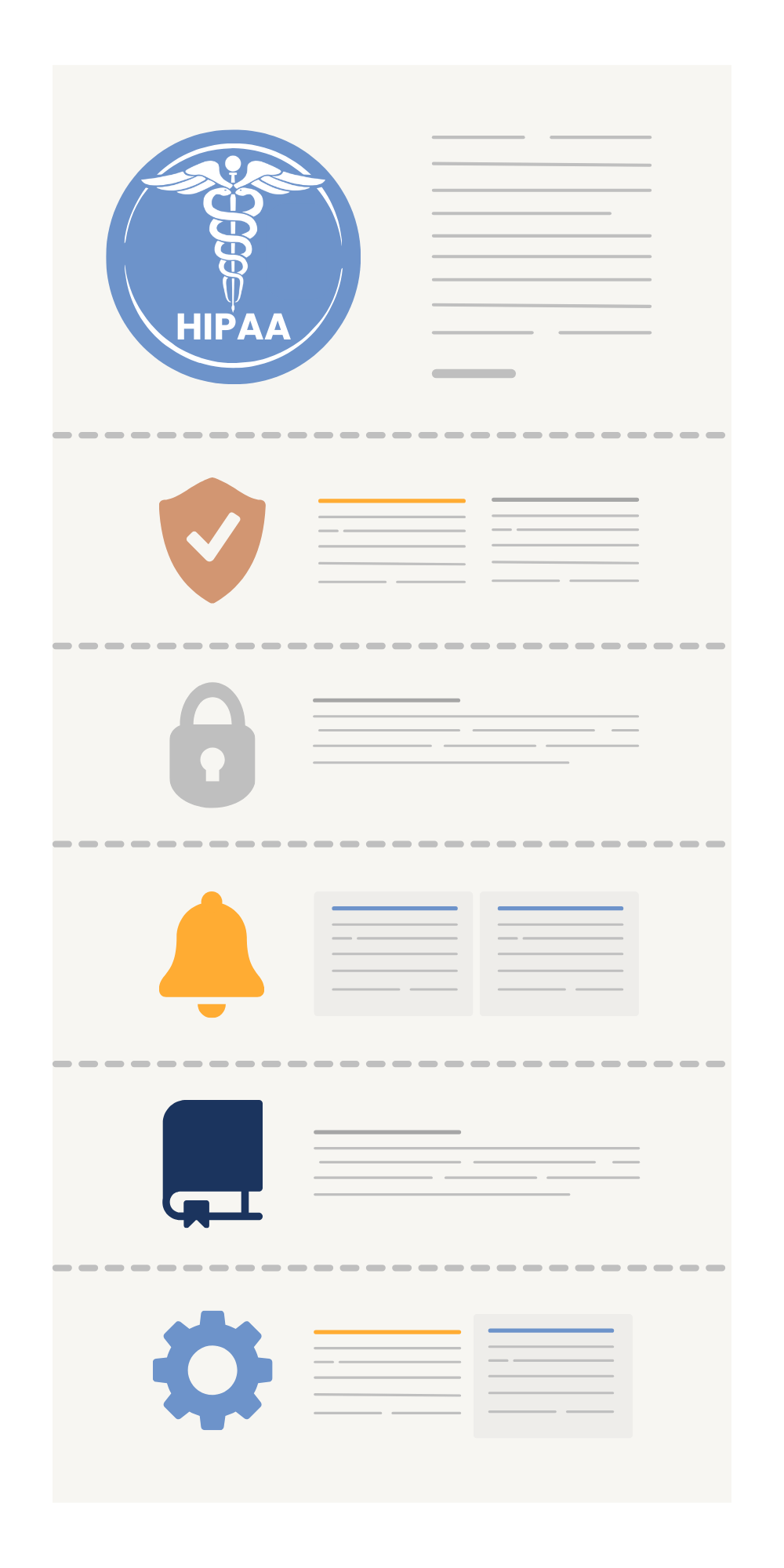HIPAA Compliance in 7 Steps: Your Ultimate Guide
In the ever-evolving landscape of healthcare, safeguarding patient information is of utmost importance. HIPAA compliance stands as a critical framework to ensure the confidentiality, integrity, and availability of protected health information (PHI). This article will guide you through the intricacies of HIPAA compliance and provide a step-by-step approach to achieving it.
The 5 HIPAA Rules
Security Rule: The Security Rule mandates the implementation of safeguards to protect electronic PHI (ePHI). This includes administrative, physical, and technical safeguards to secure health information.
Privacy Rule: HIPAA's Privacy Rule sets the standards for protecting patients' medical records and other personal health information. It defines the rights of individuals regarding their health information and restricts the use and disclosure of PHI.
Breach Notification Rule: In the event of a security breach compromising PHI, covered entities must adhere to the Breach Notification Rule. This rule outlines the procedures for notifying affected individuals, the Secretary of Health and Human Services (HHS), and, in some cases, the media.
Enforcement Rule: The Enforcement Rule establishes the procedures for investigations and the imposition of penalties for HIPAA violations. Non-compliance can result in significant fines, making it crucial for organizations to adhere to the rules.
Omnibus Rule: The Omnibus Rule modified several aspects of HIPAA, including the expansion of liability to business associates. It reinforced the importance of compliance throughout the healthcare ecosystem.
7 Steps to Achieving HIPAA Compliance:
Embarking on the journey to HIPAA compliance involves navigating through a structured framework of 7 essential steps. In this guide, we unravel the intricacies of ensuring the confidentiality, integrity, and availability of protected health information (PHI). From conducting a comprehensive security risk assessment to implementing safeguards and designating a HIPAA compliance officer, each step is meticulously crafted to guide organizations towards a robust and secure compliance posture. Join us as we demystify the process, empowering you to safeguard patient data and adhere to the stringent HIPAA regulations with confidence.
Step 1: Conduct a Security Risk Assessment
Begin your journey to HIPAA compliance by identifying and assessing potential security risks. Evaluate vulnerabilities, implement measures to mitigate risks, and create a comprehensive risk management plan.
Step 2: Implement Safeguards
Address the Security Rule requirements by implementing administrative, physical, and technical safeguards. This may involve encryption, access controls, and regular security updates to protect ePHI.
Step 3: Designate a HIPAA Compliance Officer
Assigning a HIPAA Compliance Officer ensures accountability. This individual will oversee compliance efforts, coordinate training, and serve as a point of contact for any compliance-related concerns.
Step 4: Complete HIPAA Training for All Staff
Educate all staff members who interact with PHI on the importance of HIPAA compliance. Training programs should cover privacy policies, security measures, and the proper handling of sensitive information.
Step 5: Collect Business Associate Agreements (BAAs)
If your organization works with third-party entities that handle PHI, ensure that you have Business Associate Agreements in place. These agreements outline the responsibilities of business associates regarding HIPAA compliance.
Step 6: Establish a Breach Notification Process
Develop a clear and concise process for handling security breaches. This includes promptly identifying and reporting breaches, notifying affected parties, and taking corrective actions to prevent future incidents.
Step 7: Document Evidence of Compliance
Maintain thorough documentation of your compliance efforts. This includes policies, procedures, training records, risk assessments, and any other relevant documentation that demonstrates your commitment to HIPAA compliance.
Read other resources concerning HIPAA
Stress-free HIPAA Compliance with Johanson Group
Achieving HIPAA compliance is a multifaceted process that demands diligence and commitment. By following these seven steps, your organization can build a robust framework to protect patient information. For personalized assistance and comprehensive HIPAA compliance services, reach out to Johanson Group LLP. Safeguarding patient data is not just a legal requirement; it's a commitment to ethical healthcare practices.




